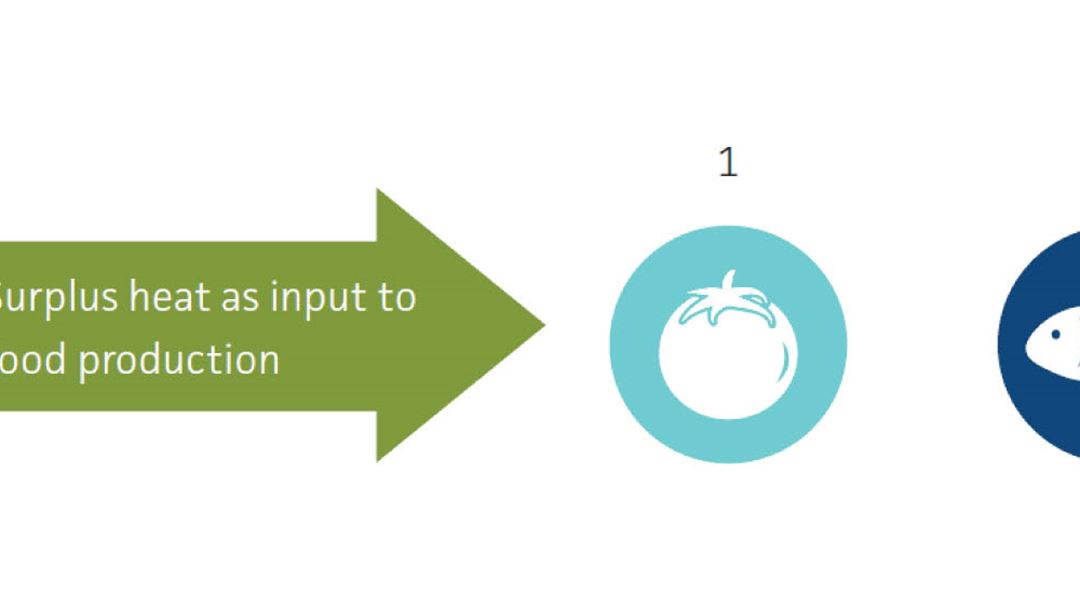Utilizing low temperature surplus heat for food production

Adriana Reyes Lua, Research Scientist, SINTEF Energy Research, Goran Durakovic, Master of Science, SINTEF Energy Research and Julian Straus, Research Scientist, SINTEF Energy Research
Norwegian industry produces a large amount of low temperature surplus heat that is not utilized today due to a lack of local users of the heat. This is especially pronounced in the metal production industry in Norway due to significant magnitude of rejected heat and a limited number of people living in the neighbourhood of the production plants. Finding a user for the surplus heat can drastically increase the overall energy efficiency of an industrial process, similar to the concept of combined heat and power. Unfortunately, district heating as the standard approach is typically not an option in the metals industry because of limited local heat demand. Hence, a key aspect of improving the overall energy efficiency is the identification and development of local users of low temperature surplus heat.
A preliminary study in 2018 showed that the food production sector, in which the heat is used for space and water heating, is the most promising sector for utilization of low temperature surplus heat. This study was in 2019 extended with a focus on
- greenhouse production of tomatoes
- warmwater fish production in recirculating aquaculture systems (RAS)
- and insect production for both feed and food
Greenhouse production of tomatoes using surplus heat is already applied in Norway and other countries. Our study showed that it is possible to utilize 100 GWh of surplus heat for the production of 1809 t tomatoes per year, corresponding to 5 % of the total Norwegian tomato consumption. Alternatively, warmwater fish production requires low temperature heat input for heating freshwater and to compensate for heat losses. For this application, a potential market has to be developed in Norway and Europe. The production of insects is another alternative currently with a niche demand in Europe. However, both the application of insects as food and in feed production is expected to grow drastically in the next couple of years.
There are obviously many other alternatives than food production for the utilization of surplus heat. However, different applications in food production are promising processes that can utilize a large share of the surplus heat. Furthermore, such applications reduce the dependency of Norway on food imports.
